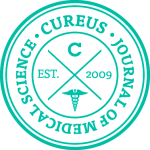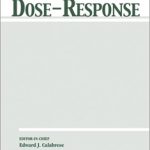Debora Olioso, Marta Marzotto, Clara Bonafini, Maurizio Brizzi, Paolo Bellavite
Arnica montana effects on gene expression in a human macrophage cell line. Evaluation by quantitative Real-Time PCR
Homeopathy, 2016, 105 (2), 131-147

Background – Arnica montana is a popular traditional remedy widely used in complementary medicine, also for its wound healing properties. Despite its acknowledged action in clinical settings at various doses, the molecular aspects relating to how A. montana promotes wound healing remain to be elucidated. To fill this gap, we evaluated the whole plant extract, in a wide range of dilutions, in THP-1 human cells, differentiated into mature macrophages and into an alternative IL-4-activated phenotype involved in tissue remodelling and healing.
Methods – Real-time quantitative Reverse Transcription Polymerase Chain Reaction (PCR) analysis was used to study the changes in the expression of a customized panel of key genes, mainly cytokines, receptors and transcription factors.
Results – On macrophages differentiated towards the wound healing phenotype, A. montana affected the expression of several genes. In particular CXC chemokine ligand 1 (CXCL1), coding for an chief chemokine, exhibited the most consistent increase of expression, while also CXC chemokine ligand 2 (CXCL2), Interleukin8 (IL8) and bone morphogenetic protein (BMP2) were slightly up-regulated, suggesting a positive influence of A. montana on neutrophil recruitment and on angiogenesis. MMP1, coding for a metalloproteinase capable of cleaving extracellular matrix substrates, was down-regulated. Most results showed non-linearity of the dose-effect relationship.
Conclusions – This exploratory study provides new insights into the cellular and molecular mechanisms of action of A. montana as a promoter of healing, since some of the genes it modifies are key regulators of tissue remodelling, inflammation and chemotaxis.
Un commento a "Arnica montana effects on gene expression in a human macrophage cell line. Evaluation by quantitative Real-Time PCR"
Lascia un commento
Devi essere connesso per inviare un commento.








[…] Se vuoi leggere l’abstract dello studio clicca qui. […]